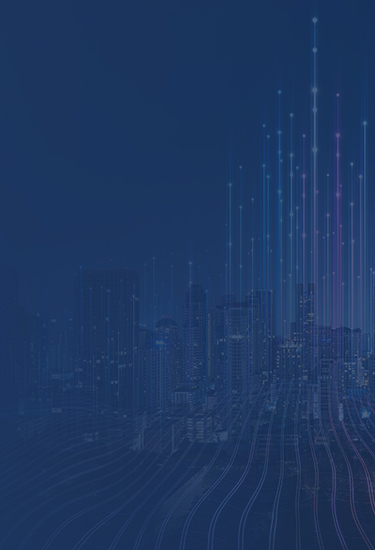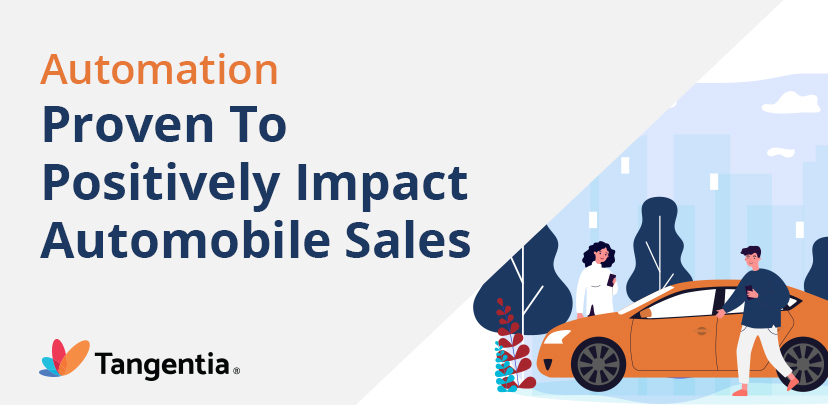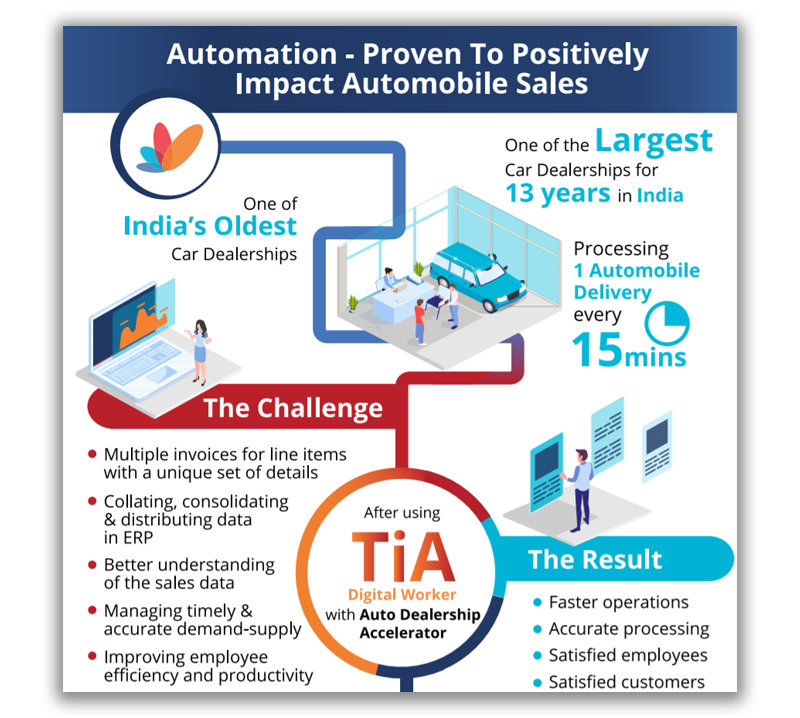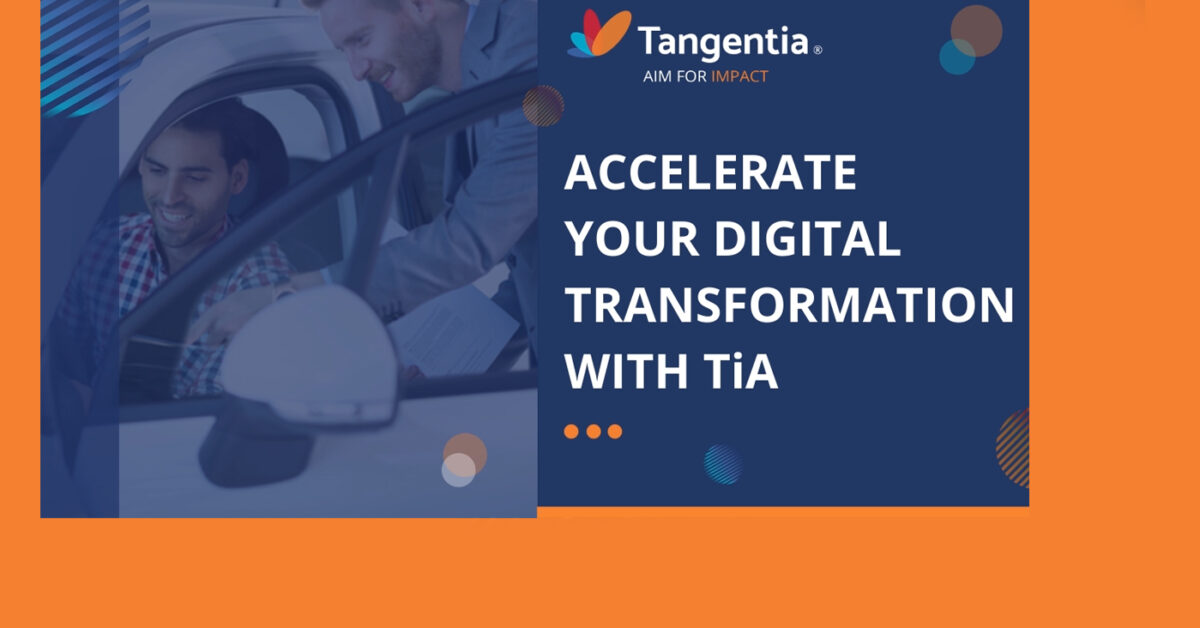More and more processes are becoming automated for businesses of all sizes. Affordable automated processes are now feasible for companies, regardless of industry or company mandate.
With the rise of business automation and lowered cost requirements of automating common business tasks, robotic process automation or RPA provides needed services that can overcome common business challenges and eliminate manual processes that are error-prone and time-intensive.
This article will cover everything bots, specifically RPA and unattended and attended bots, and how they can help your business.
What is RPA (Robotic Process Automation)?
RPA refers to software that automates common business tasks. You can purchase RPA with designated tasks to complete, or you can automate processes specific to your workflow and industry.
Tax software is a form of RPA. You can automate the sending of receipts, promissory notes, invoices, and more to clients and customers, while automatically filling in tax forms for your company accountant with the click of a button.
RPA processes can fulfill low-level tasks that employees can perform. If money is tight, or you want your employees to focus on specialized tasks and skillsets, you can use RPA to take over these simplistic tasks.
Unattended Bots Vs. Attended Bots: What’s the Difference?
Bots solve tasks, it’s that simple. Whether you use unattended or attended bots, automate the software and let it do the work. Bots can perform tasks for your business with or without constant guidance from an employee or multiple employees, depending on whether you choose to use unattended or attended bots.
You can also choose both if you want to mix and match how involved your employees are when automating tasks like sending order confirmation emails to clients or updating invoices based on electronic purchase orders.
Unattended bots require no human interaction. These bots are designed to tackle repetitive and frequent tasks at scale. For example, unattended bots are ideal for manual data entry, repetitive admin tasks, monitoring data streams, and other similar tasks.
Attended bots require human interaction. These bots handle simple tasks that make up larger, more complex processes. They often work in tandem with humans to automate complex workflows. Attended bots are not designed for scale. Instead, you should think of them as individualized personal assistants. For example, a customer service rep interacting with a client may use an attended bot to pull customer data during the call.
Which Bot Type is Right For Your Business?
If you want to retain a bit more control over your business bots, choose attended bots. If you have experience with bots and want to automate these processes even more than your normal amount, choose unattended bots.
You can choose both; you do not need to limit yourself to choosing one or the other.
Businesses without experience with bots should choose attended bots to start before moving onto unattended bots. You can use attended bots for some processes and unattended bots for other processes.
Companies experienced with technology, especially RPA or bots, can skip attended bots and go right to implementing unattended bots.
Adopting RPA in Your Business
RPA adoption can be a significant part of the project management process. As you are planning projects and processes, consider which tasks can be automated to save time and increase project efficiency. Fulfilling projects under budget and ahead of schedule is a much more realistic process when bots and RPA can automate many lower-level tasks that require minimal knowledge and skillsets.
Repetitive, low-level tasks are prone to human error. Such tasks take valuable time and money away from more important tasks. These tasks no longer need to be done by human employees but can be performed by automation software in fractions of a second.
Adopting RPA can save you time, money, and efficiency, as well as raise employee morale.
If you are hesitant to add bots, consider the fact that you already have. If you use GPS for delivery runs, you are automating route mapping from a manual process to an electronic version. If you use Microsoft Word, you are automating the creation of a business document instead of writing it out by hand.
Specific bot software and automation are no different than a manual process an employee uses to finish a task faster and under budget.
Key Differences Between Unattended and Attended Bots
While both types of bots can help your business, key differences exist between unattended and attended bots.
Consider attended bots like an extension of your employees. Employees can make decisions and choose actions for these bots to perform. Bots need to be assigned tasks to complete. They cannot undertake actions independently.
Unattended bots are like employees themselves. You direct these bots to fulfill tasks and provide them the autonomy to perform actions within a predetermined framework. Unattended bots can therefore seem to act independently, even though they are not. Such bots can finish employee tasks much quicker than manual processes and require minimal interaction from human operators.
Although these key differences between unattended and attended bots are clear, different definitions may exist depending on the industry jargon you use and the specific software you purchase. However, in simplistic terms, unattended bots are “unattended,” and attended bots are “attended.”
Ready to Transform Your Business With RPA? Tangentia Can Help
Tangentia has almost two decades of experience providing automated solutions, like unattended and attended RPA, for customers worldwide.
Whether you need business solutions like AI, EDI, RPA, or B2B integrations, we can help. Book a discovery call today to see what RPA can do for your business.
Choosing Between Attended and Unattended Bots For Your Business. Learn more about attended and unattended bots in regards to which your business should leverage in our eBook.
Choosing Between Attended and Unattended Bots For Your Business
Learn more about attended and unattended bots in regards to which your business should leverage in our eBook.
Learn More



















